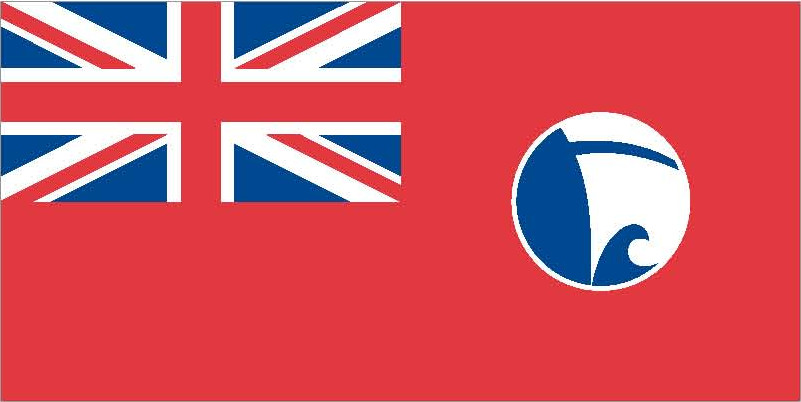

Details
Construction
Dimensions
History
PEMBETH OF CLYDE is a cutter-rigged oyster smack built in 1912 by Aldous of Brightlingsea. She was commandeered by the IV Brigade Royal Horse Artillery during the First World War as a lighter to carry hay to feed the horses at their London barracks at St John's Wood. She was named CLYDE after one of the renowned drum horses, those used by the British Regimental Cavalry for parades, ceremonies of state and royal processions; her reliability earned her the title.
The IV Brigade was permanently assigned to the cavalry brigades from October 1914 onwards. It saw action in the defence of Antwerp (9-10 10 October) and the First and Second Battles of Ypres, the Battle of Arras, the First Battle of the Somme, the Battle of the Avre, the Battle of Amiens and the Battle of Cambrai. Its final action was in the Advance in Flanders in the last days of the war.
After the Armistice, PEMBETH OF CLYDE began her career as an oyster smack at Faversham, still under the name CLYDE; she worked for Warren and Herman of Whitstable delivering oysters from the fishing fleet to Billingsgate. She also fished in her own right towing a dredge.
During the Second World War, PEMBETH OF CLYDE was commissioned by the War Department working under sail. She was possibly captured by the Germans after which she was found abandoned in the Channel and recovered by French fisherman off the Brittany/Normandy coast, repaired and returned to the United Kingdom. Later restoration work revealed evidence of work by French shipwrights. After the Second World War, she was purchased by a family who changed her name to PEMBETH OF CLYDE. The word PEMBETH was formed from the initials of the children.
Significance
1. What is the vessel’s ability to demonstrate history in her physical fabric?
Evidence for designs, functions, techniques, processes, styles, customs and habits or uses and associations in relation to events and people. How early, intact or rare these features are may impact on significance.
PEMBETH OF CLYDE was built as a cutter-rigged oyster smack and is of carvel timber construction, with larch and oak on oak beams, and 4.5 inch pitch pine carlings. She remained largely intact during her working life and conservation work was undertaken in June 2009. In February 2011 she underwent emergency hull planking, during which the interior and all contents and fittings were removed for ventilation and assessment purposes. The planking proved of sufficient thickness for repairs to be made, although some damage had been caused by fresh water leaks. The deck around the stanchions was patched, and parts of the inside were strengthened to prevent further ingress of rainwater. A full timber treatment for the interior was carried out. Old gas installations were removed and replaced with new locker layouts to comply with recent regulations. Further repairs were made to the stanchion, bulwark board and capping rail. Keel and garboard strakes were found to be in good order. Minor repairs were carried out on the epoxy cabin top, and the deck was stripped and repainted. She was then re-rigged, with the sails found to be in useable to good condition.
2. What are the vessel’s associational links for which there is no physical evidence?
Associations with people or places. Off-ship research.
PEMBETH OF CLYDE is significant for playing a part in both World Wars. During the First, she was commandeered by the Fourth Horse Artillery as a lighter carrying hay to feed the horses at London Barracks. She was named 'Clyde' after one of the renowned drum horses, a title earned through her reliability. She was then also requisitioned during the Second World War, being commissioned by the War Department for work under sail. From her working life, PEMBETH OF CLYDE has strong regional connections to the Thames Estuary and South East Coast, working first as an oyster smack at Faversham. In the ownership of Warren and Herman of Whitstable, she also delivered oysters from the fishing fleet to Billingsgate. After the Second World War, she was purchased by the family of Michael Coe who changed her name to PEMBETH OF CLYDE, 'Pembeth' being assembled from the initials of his children. She has been recorded on the National Register of Historic Vessels since 1998.
3. How does the vessel’s shape or form combine and contribute to her function?
Overall aesthetic impact of the vessel, her lines, material she was built from and her setting. Does she remain in her working environment?
As a purpose built cutter-rigged oyster smack PEMBETH OF CLYDE was ideally suited for her intended use as a fishing vessel in the shallow waters off the south east coast of England. With her straight bow and raked counter stern she presents elegant lines and in full sail is a graceful and visually pleasing vessel. She is now privately owned and based at Brightlingsea in Essex from where she attends various East Coast sailing events including the Southwold Rally and Woodbridge Regatta, where she can be viewed by the public when moored.
Source: NHS-UK team, 13 April 2017.
This statement was developed as part of the Heritage Lottery funded First World War project. http://www.ww1britainssurvivingvessels.org.uk/
Grants
-
June 2009
A Sustainability Award of £1500 for restoration work was made from the Strategic Development Fund of National Historic Ships
Sources
Old Gaffer's Association Member's Handbook and Boat Archive, 1993
Own this vessel?
If you are the owner of this vessel and would like to provide more details or updated information, please contact info@nationalhistoricships.org.uk










